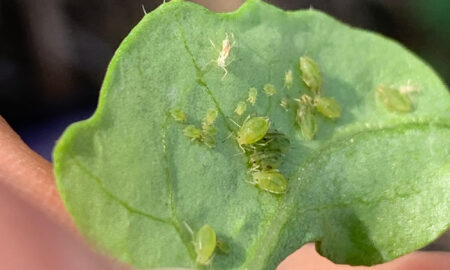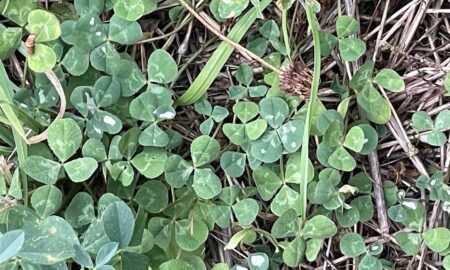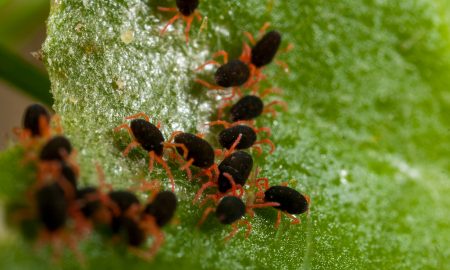When looking at your pulses, would you expect to find bronzed field beetle damage?
The bronzed field beetle is considered a sporadic, yet major pest of canola, particularly during establishment when they can chew through seedlings.
However, this species is also thought to be an occasional minor pest in pulses, as demonstrated by an unusual case in lentils reported this year.
Recent report of bronzed field beetle in lentils
Last month, a case of bronzed field beetle larvae damage in lentil was reported. The larvae were found in the southern Victorian Mallee, where a lentil crop was sown into wheat stubble.
Here, lentils were being lopped off and stems partially chewed off at ground level. Both of these symptoms reflected the feeding behaviour of the bronzed field beetle.
What is the bronzed field beetle?
The bronzed field beetle (Adelium brevicorne) is one of several native false wireworms in Australia. It belongs to the large family of tenebrionidae, which are mostly detritivores, feeding on diverse dead material, rotting wood and fungi. However, a few species are soil-dwelling pest of several crops at pre- and post- seedling stages.
The bronzed field beetle usually only have one generation per year. After autumn rain events, females start laying eggs below the soil surface between March and May. Larvae hatch in late autumn and are active during winter and early spring. Pupating starts in August and adult beetles emerge in spring. Adult beetles’ activity is influenced by available soil moisture, and they remain in crop residues, stumps or tufts of grass over the summer and autumn season.
Both the larvae and adult bronzed field beetle can do damage to crops. However, it is mostly the larvae which are responsible for destructive damage to canola.
Stubble retention and minimum tillage are thought to influence the build-up of populations in the field.
How to identify a bronzed field beetle
Bronzed field beetle larvae are brown in colour and grow to 12 mm in length. The body has 11 segments, six legs and a cylindrical shape. The last segment has two distinct spines pointing upwards.
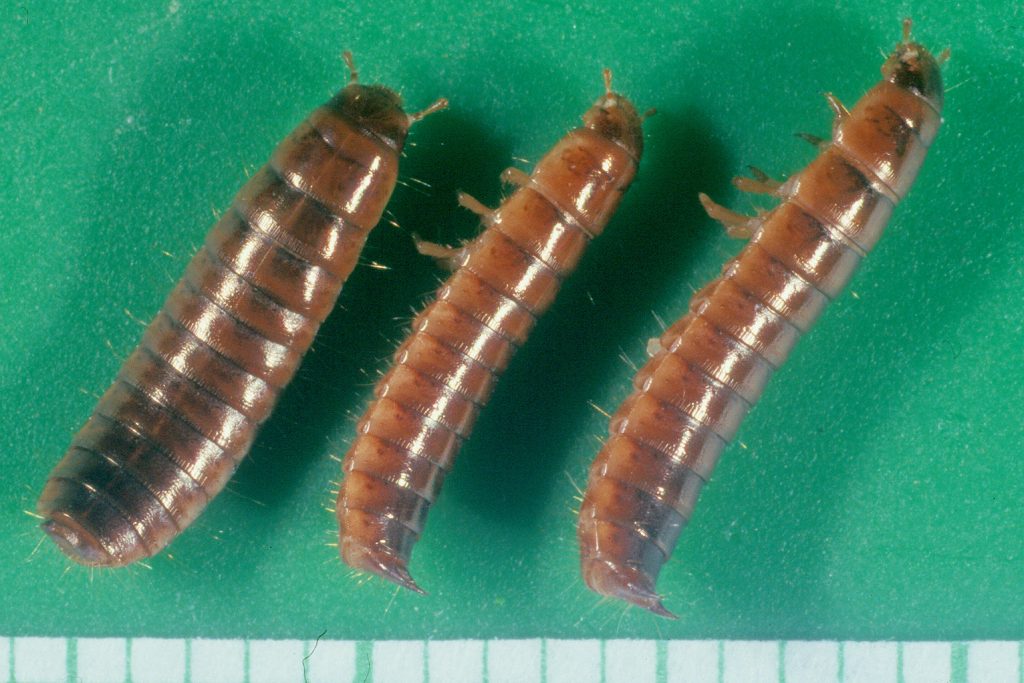
The larvae may be confused with other false wireworms and true wireworms. However, compared to true wireworms, which have noticeably forward pointed mandibles, the mandibles of the bronzed field beetle larvae are downwards pointed and not visible from above. For more help distinguishing species see the false wireworm section of ‘Insect pests of establishing canola in NSW’.
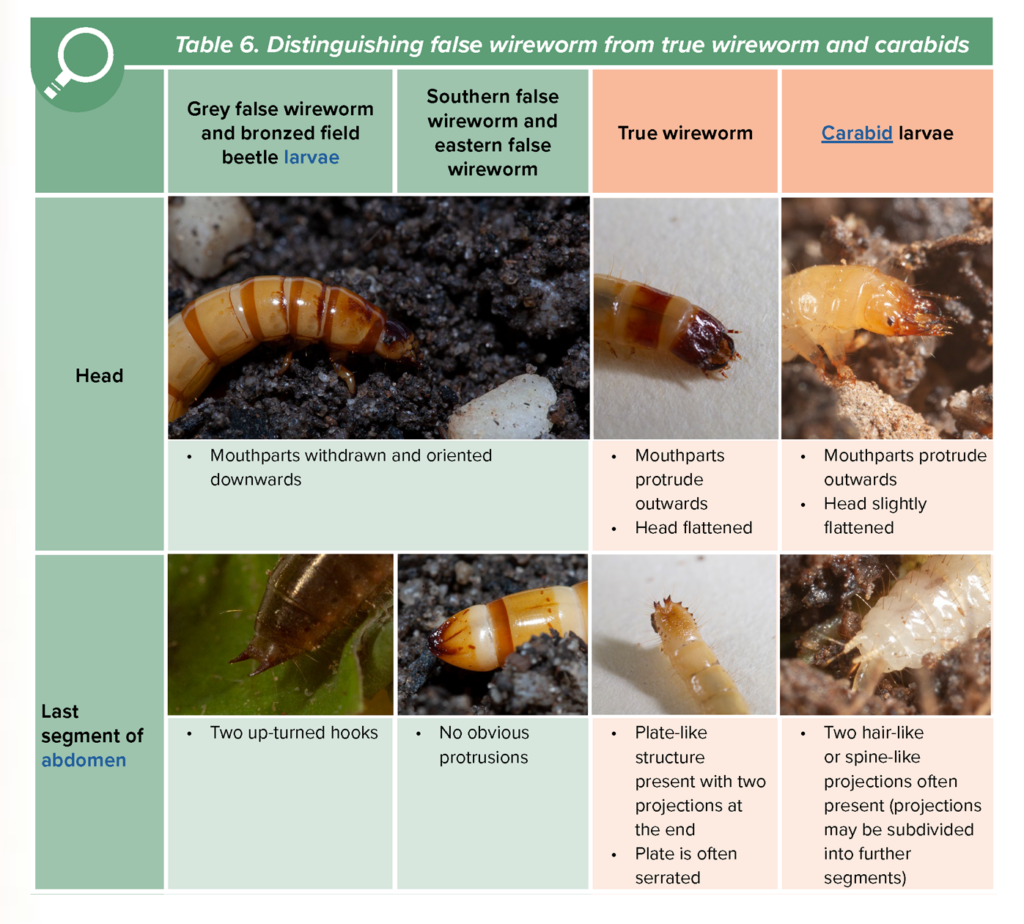
The adult bronzed field beetle is black coloured with a slight bronze shine. They are flightless, grow up to a length of 11 mm and can be confused with carabid beetles.
Damage in pulses is unusual, but possible
Although the bronzed field beetle larvae are sporadic, they are considered a major pest to canola because they can cause destructive damage by chewing through seedling stems at ground level.
In over more than 10 years of PestFacts south-eastern reports, we haven’t heard of damage in lentils by the bronze field beetle until now, despite their listing as a minor pest of pulses in entomological texts.
This evidence of feeding damage in crop other than canola is a reminder that sometimes insects do feed on plants which aren’t their preferred host plant.
Acknowledgements
Thanks to John Stuchbery for field observations, and Julia Severi and Lizzy Lowe for reviewing this article.
Cover image: Photo by Andrew Weeks, Cesar Australia


